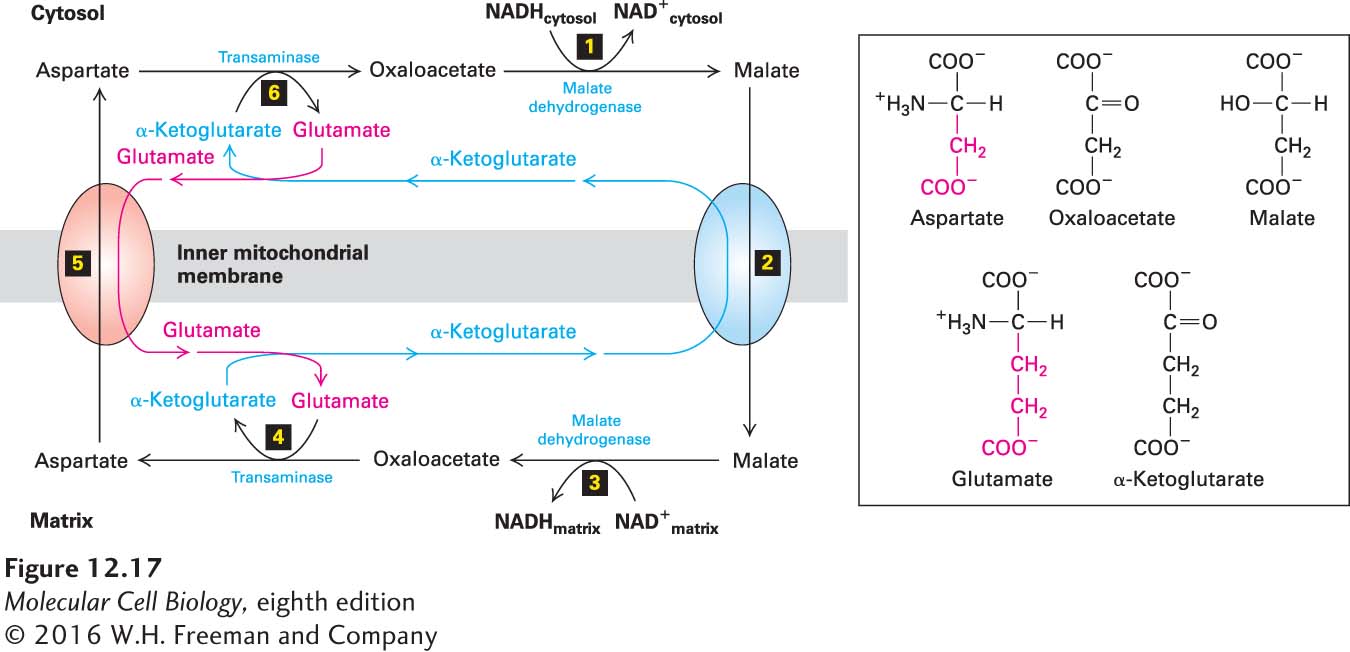
FIGURE 12- e- e-